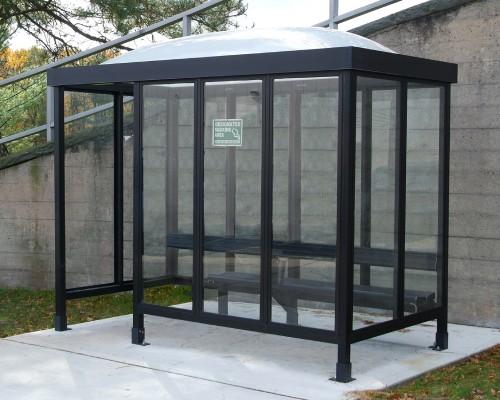
Cigarette smoke, famous for its harmful effects on human health, has a lesser-known but equally important impact on architectural structures. The persistent nature of this smoke results in a variety of negative effects that extend beyond the immediate health concerns of individuals.
The particles from cigarette smoke can permeate various materials in the confines of a building, causing discoloration, odor, and even structural damage over time. Exploring the extent of the damage cigarette smoke can cause to buildings will raise awareness and stimulate discussions around the imperative need for smoke-free indoor environments.
Tar and Nicotine
Tar is a sticky residue that carries nicotine and is one of the primary components of cigarette smoke. This substance clings to walls, ceilings, and virtually any surface it encounters. Over time, repeated exposure can lead to discoloration, a phenomenon seen in the homes of heavy smokers. The residue can seep into woodwork and fabrics, causing long-term damage and a persistent odor.
Impact on Air Quality and HVAC Systems
Air conditioning and ventilation systems, crucial for maintaining a healthy indoor environment, are not immune to the effects of cigarette smoke. The smoke particles can clog filters, impairing their functionality and reducing air quality. The chemicals in smoke can corrode metal components, leading to system breakdowns and costly repairs.
Fire Risks Associated With Smoking
The risk of fire is one of the most immediate and devastating impacts of cigarette smoking on buildings. Cigarettes act as a slow-burning ignition source. This feature is especially problematic in residential settings, where combustible materials such as furniture, carpets, or curtains are prevalent. Unattended cigarettes can ignite a fire long after extinguishing it.
The Economic Toll of Smoke Damage
The economic impact of cigarette smoke on buildings involves direct and indirect costs. The direct costs are the immediate expenses associated with the restoration and repair of the building. These include treatments and special cleaning agents to eliminate stains and odors from walls and ceilings. Smoke also incurs substantial indirect costs like reduced market value. This reduction can lead to prolonged vacancy periods, causing a loss of potential income for the property owner.
Mitigating the Impact
An outdoor smoking shelter is one effective solution to prevent cigarette smoke damage to buildings. These structures provide a designated space for smokers, keeping smoke away from the main building and preventing associated damage. More than just a spot for smokers, they symbolize a commitment to maintaining the building’s integrity, cleanliness, and respect for nonsmokers.
While the harmful effects of smoking on human health are clear, the extent of the damage cigarette smoke can cause to buildings is a less-known yet equally important issue. Buildings can sustain their value and health in the long term by understanding the potential harm and taking preventative measures.
